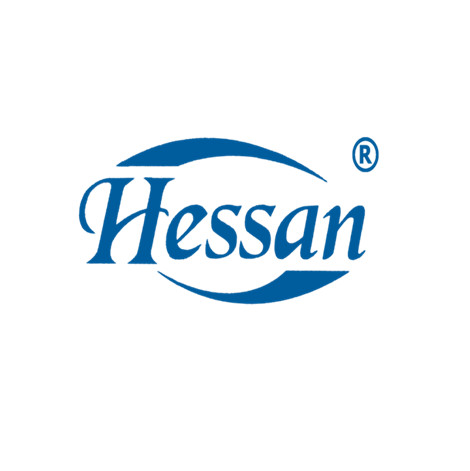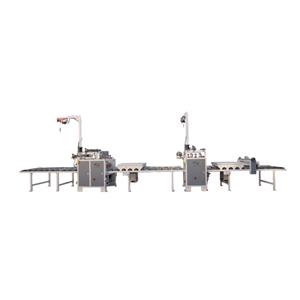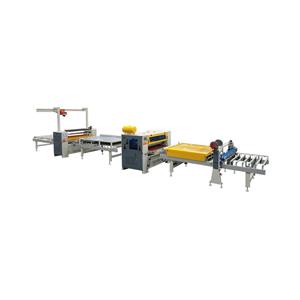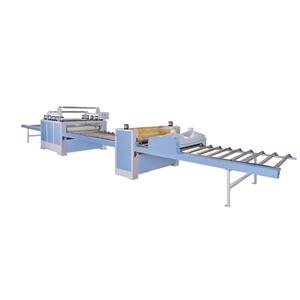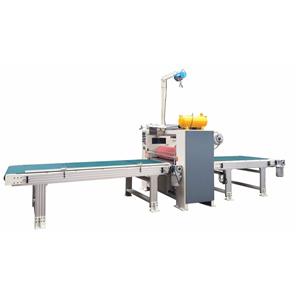Advantages of using PUR glue for the flat lamination industry
The use of PUR adhesive for veneer laminating with hessan flat laminators is PUR adhesive (polyurethane adhesive) has the following advantages in the woodworking industry:
STRONG BOND: PUR adhesive has excellent bonding strength, enabling high strength bonds to be achieved on different types of wood and wood products. It provides a long-lasting and reliable bond that remains stable even when subjected to stresses such as stretching, shearing or peeling.
High Weather Resistance: The adhesive joint formed by PUR adhesive after drying has excellent weathering properties and is resistant to environmental factors such as humidity changes, temperature changes and UV radiation. This makes PUR adhesives very suitable for both indoor and outdoor woodworking applications, maintaining the strength and stability of the bond.
Water Resistance: PUR adhesives are more resistant to water and have better water resistance. This makes PUR adhesives useful in woodworking projects that need to withstand wet environments or exposure to water sources, such as kitchen and bathroom furniture, flooring and more.
High Temperature Resistance: PUR adhesive has high temperature resistance and is able to maintain the strength and stability of the bond in high temperature environments. This makes it suitable for woodworking applications that need to withstand high temperatures or thermal stresses, such as heated lumber, hot-pressed veneers, etc.
Solvent-free and low VOC: PUR adhesives are generally solvent-free and contain low levels of volatile organic compounds (VOCs). This is important for indoor use to help minimize the impact on indoor air quality and meet environmental requirements.
Fillability: PUR adhesives can be used as fillers, in some woodworking applications, to fill defects or cracks in the surface of the wood, improving the appearance and quality of wood products.
It is important to note that PUR adhesives require specific equipment and processes, such as PUR glue guns and hot melt equipment, to ensure proper application and curing of the adhesive. In addition, PUR adhesives have a long curing time and require a certain amount of waiting time to ensure complete curing and strength development of the bond. Therefore, when using PUR adhesive, it is necessary to make appropriate selection and operation according to the specific application requirements and process flow.
In addition PUR adhesive in the curing process requires a certain degree of humidity conditions.PUR adhesive is cured by reacting with the humidity in the air, a process known as wet curing. Wet curing PUR adhesive needs to react with moisture in the air to generate the strength of the adhesive joint.
Typically, the optimum humidity range for curing PUR adhesives is 40% to 70% relative humidity. Within this humidity range, PUR adhesives achieve optimum curing speed and bond strength. If the humidity is too low, the curing speed of the PUR adhesive will be slower and the bond strength may be reduced. While too high humidity may lead to a decrease in the quality of the adhesive joint.
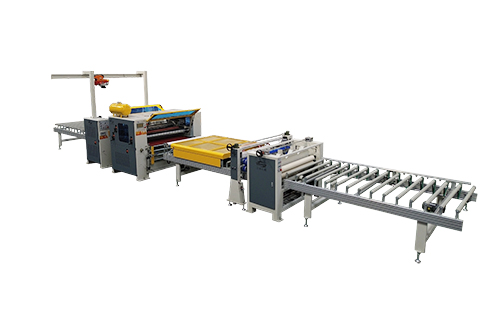
When using PUR adhesive, usually hessan's customers will control the humidity by the following ways:
Environmental humidity: During construction or bonding, ensure that the humidity of the working environment is in the appropriate range. Humidity levels can be monitored using a humidity meter and measures can be taken to regulate humidity as needed, such as using a humidifier or dehumidifier.
Substrate Moisture: Ensure that the moisture content of the wood meets the requirements before performing PUR adhesive bonding. The humidity of the wood should be within the appropriate range to ensure that the PUR adhesive is able to react with the moisture on the surface of the wood.
Glue Storage Conditions: When storing PUR glue, follow the manufacturer's recommendations for keeping the glue at the recommended temperature and humidity conditions.
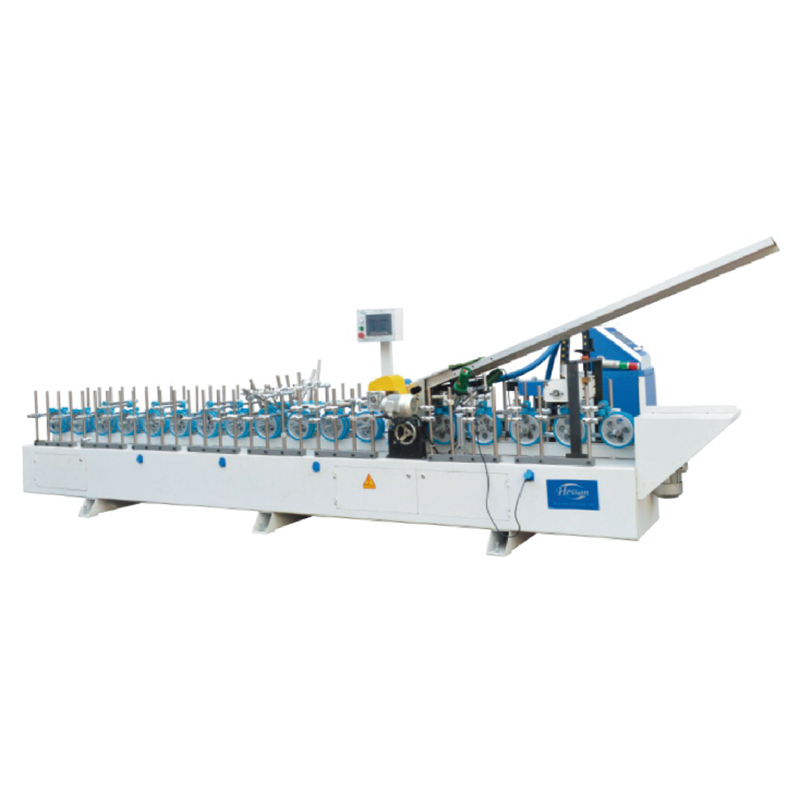
Please note that the wet curing process of PUR adhesives is affected to some extent by temperature. The curing speed and performance of wet-cured PUR adhesives may vary under different temperature conditions. Therefore, in addition to humidity control, it is also important to be aware of the effects of temperature and to use PUR adhesives within the appropriate temperature range according to the manufacturer's recommendations.
